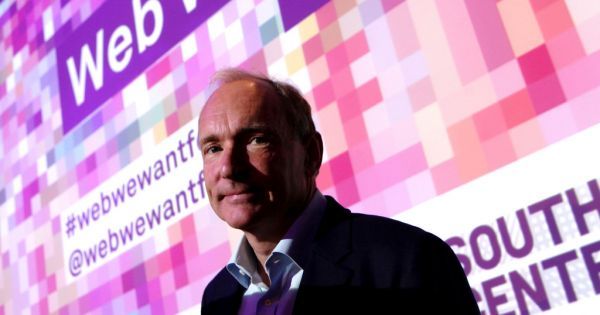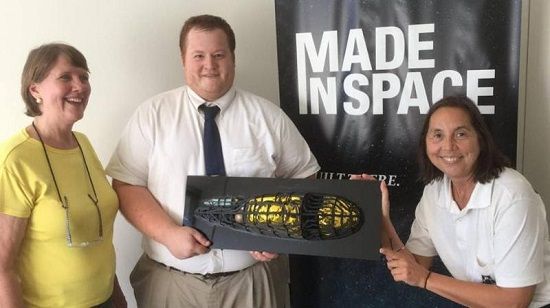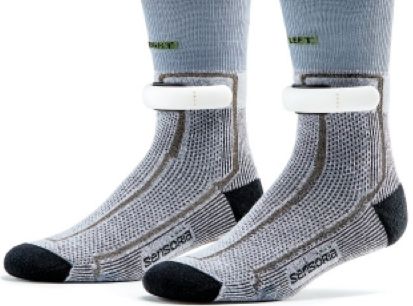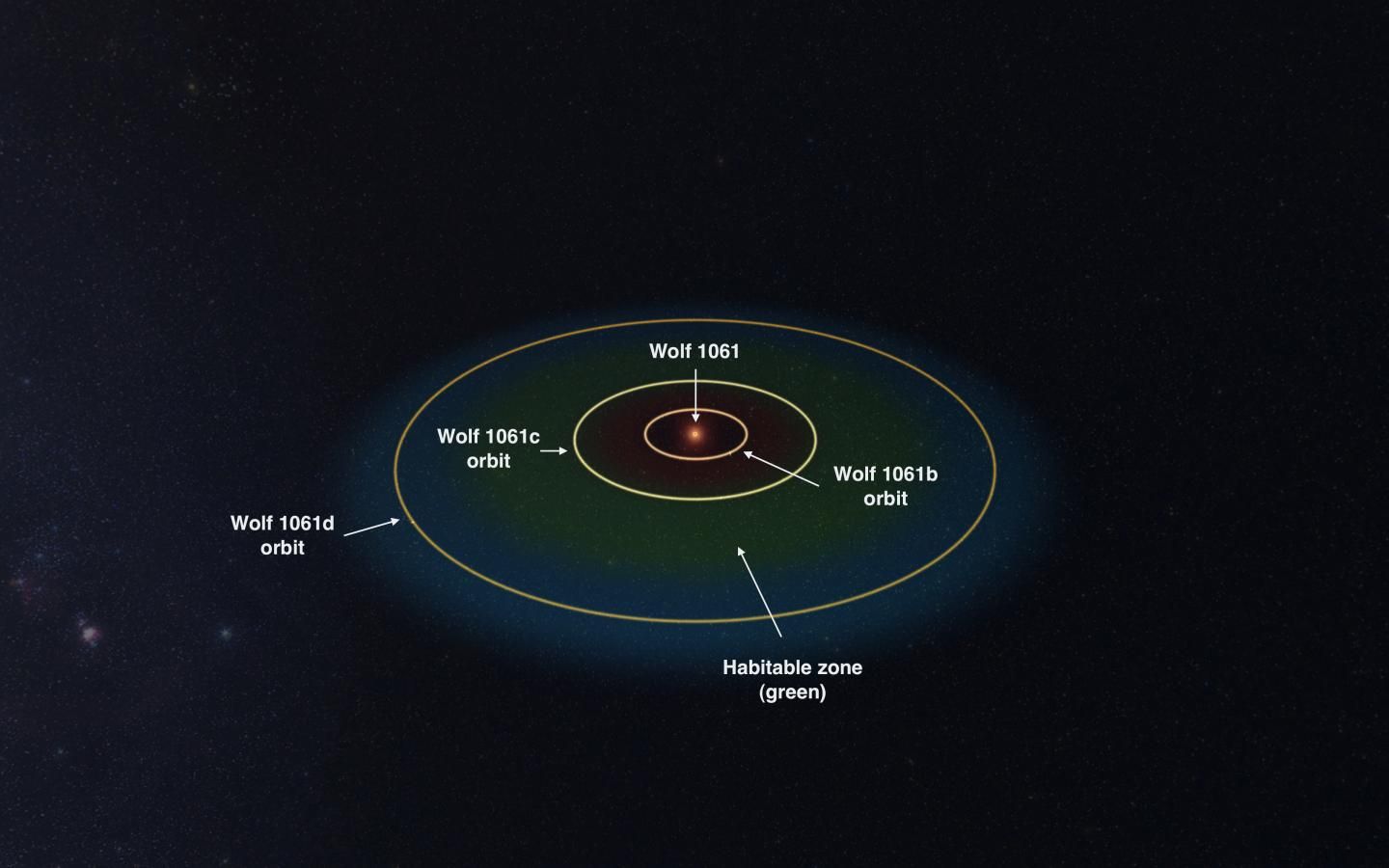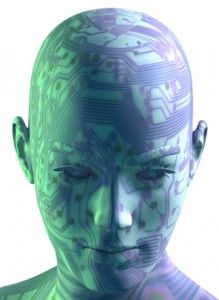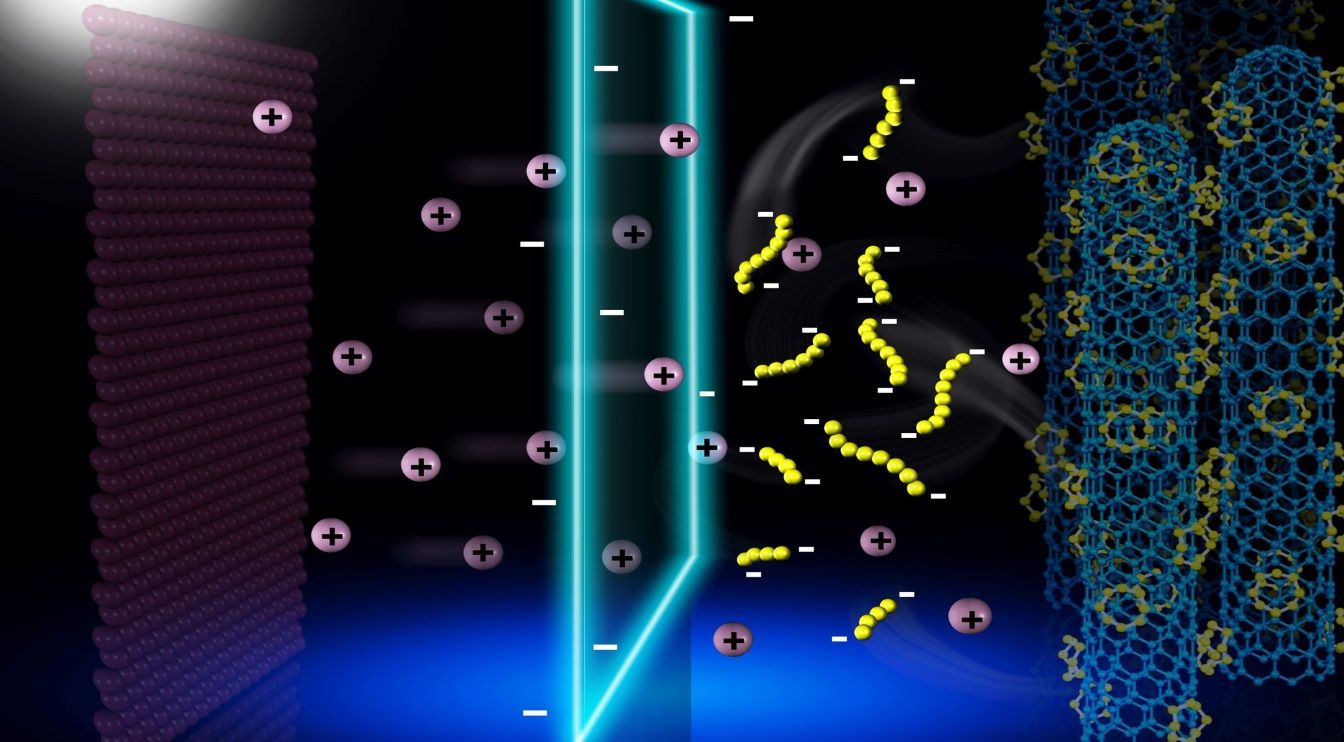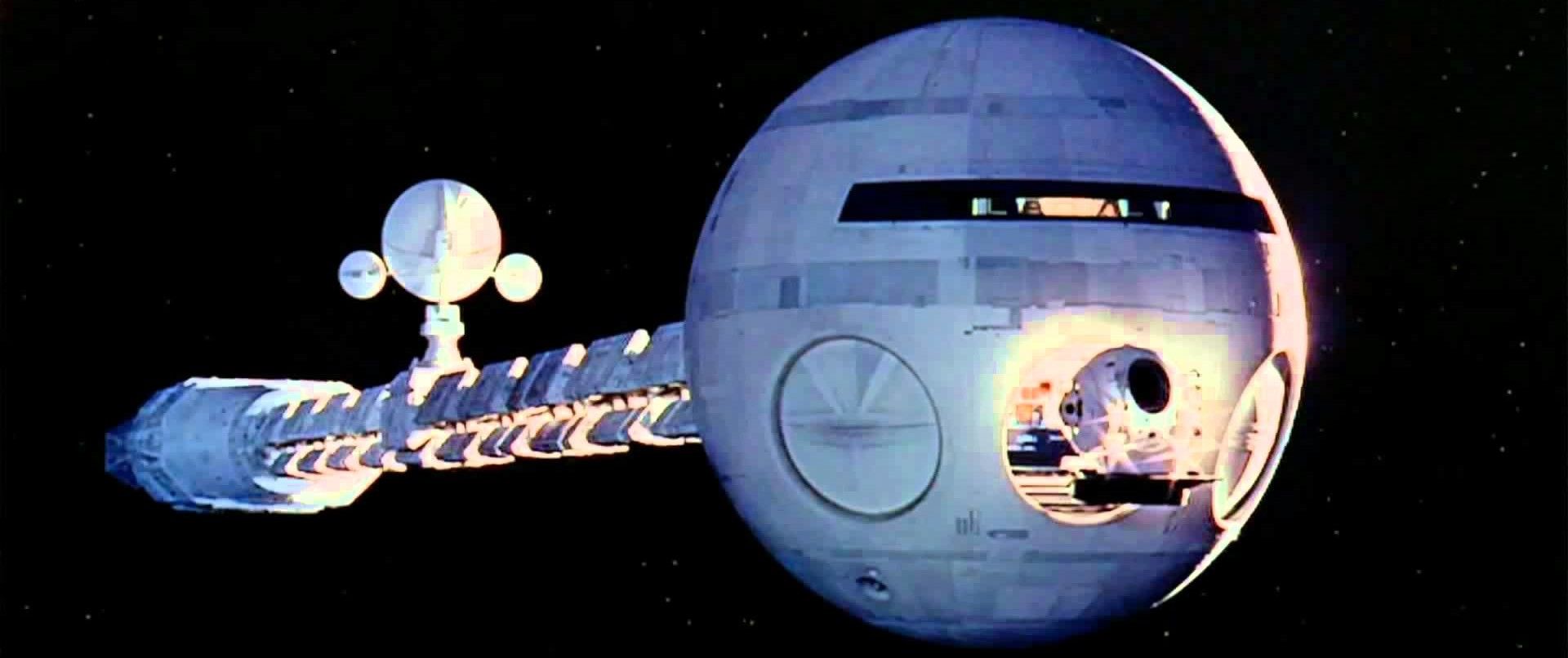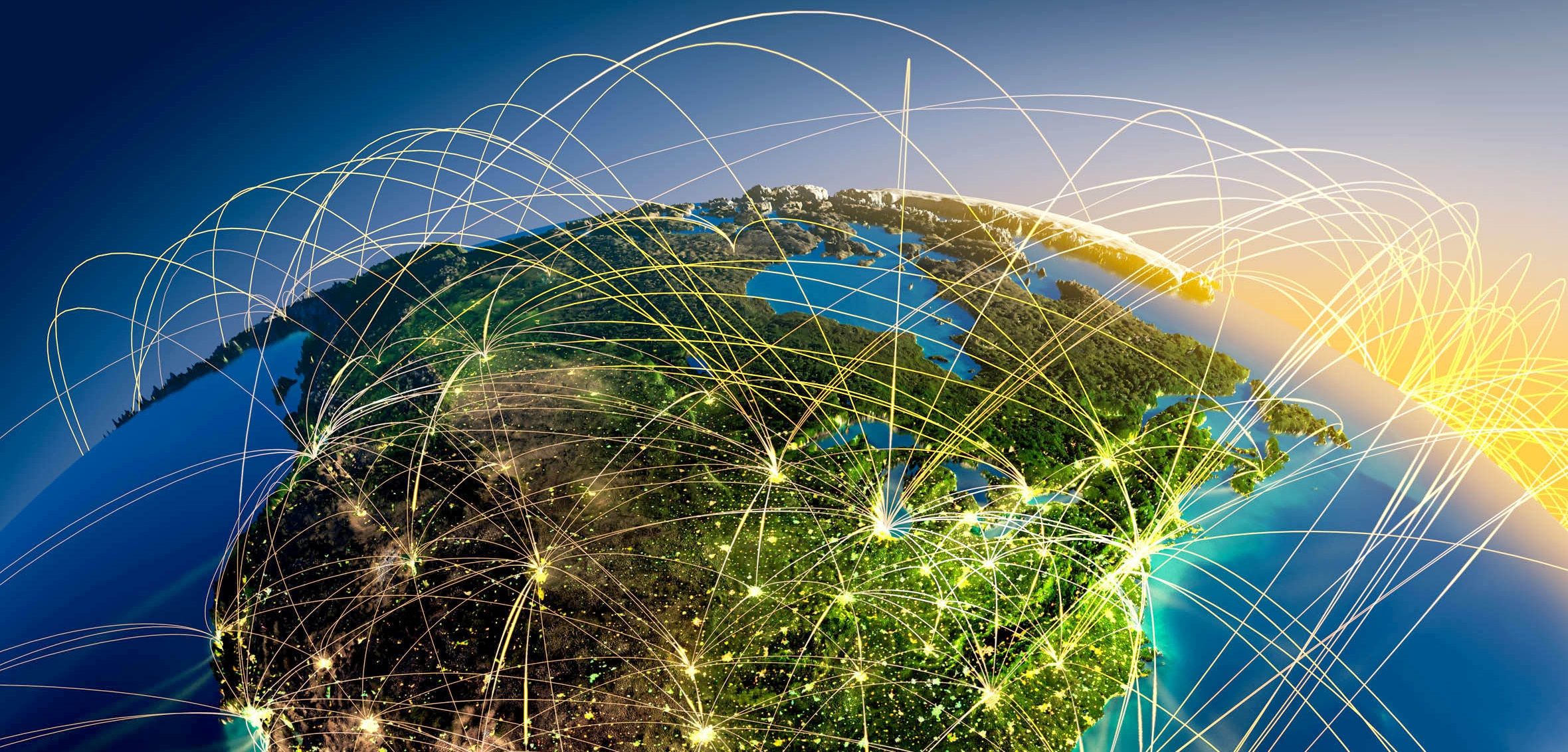Tim-Berners Lee is often called the inventor of the world wide web because wrote the original proposal for the web and built the first web browser. But in recent years, he’s turned his attention to artificial intelligence.
In a new wide-ranging interview with Campaign Asia, Berners-Lee spoke about the turing test, Ex Machina, and why we should feel nervous about the future of AI.
The pace of AI research is accelerating, Berners-Lee says, but one problem is that lots of current work in the field is done by private companies, which don’t publish their findings. “Most of the work today is completely under wraps,” Berners-Lee said. “We don’t see what companies are working on. AI development is pretty secretive.”
